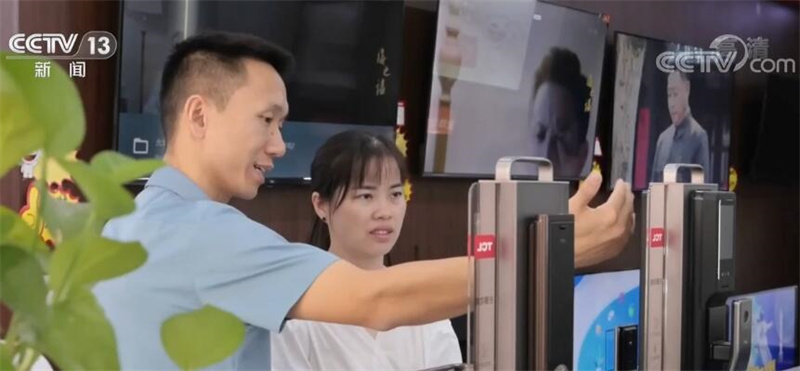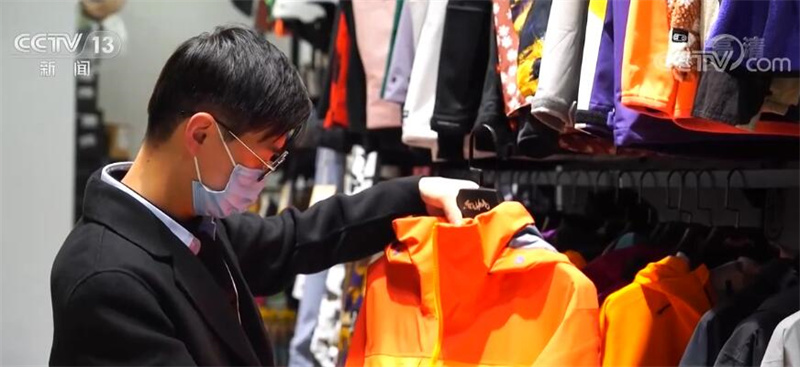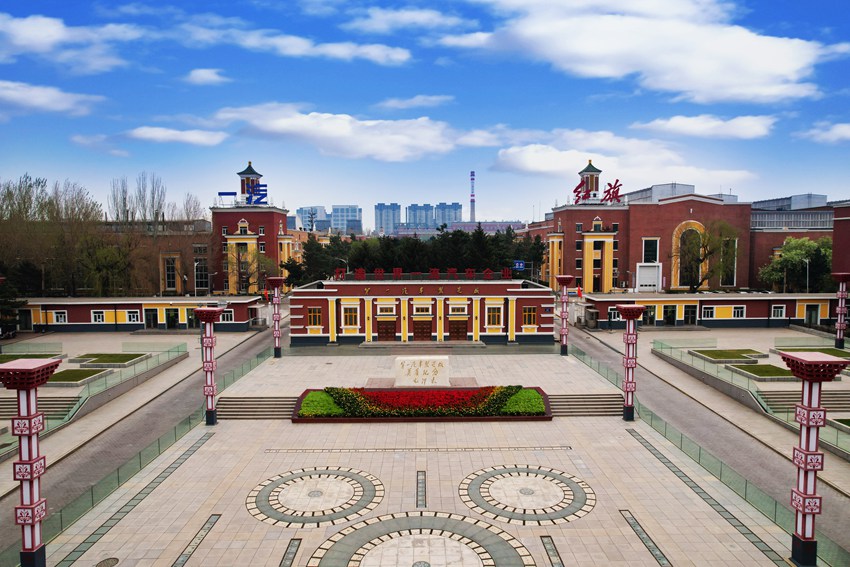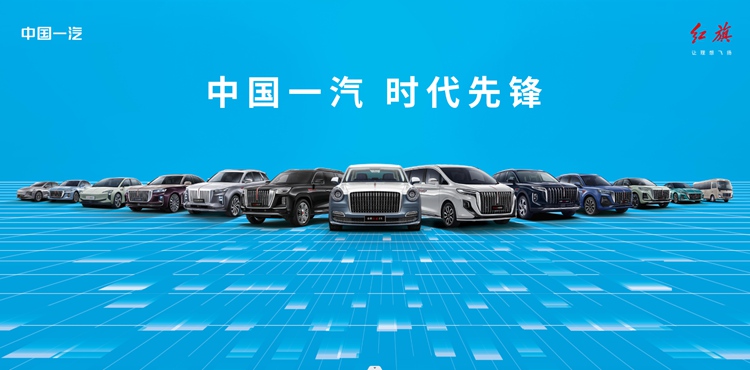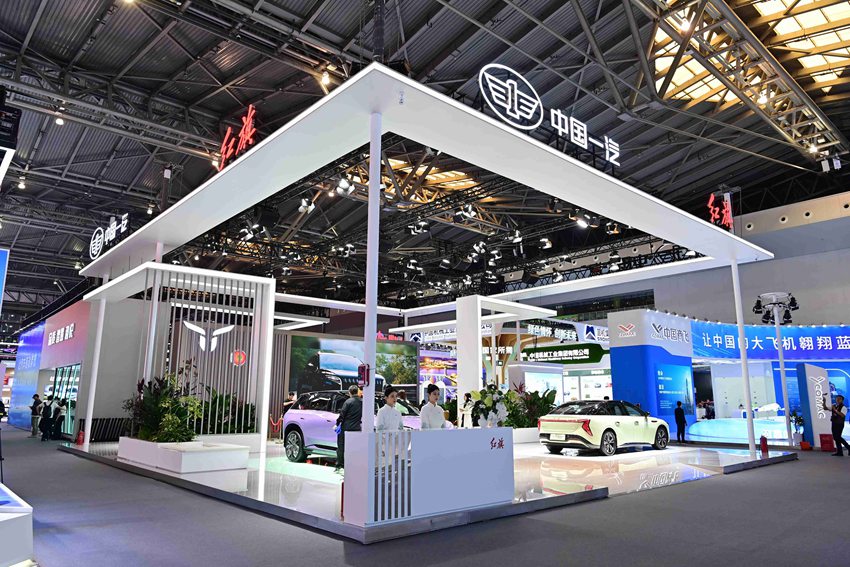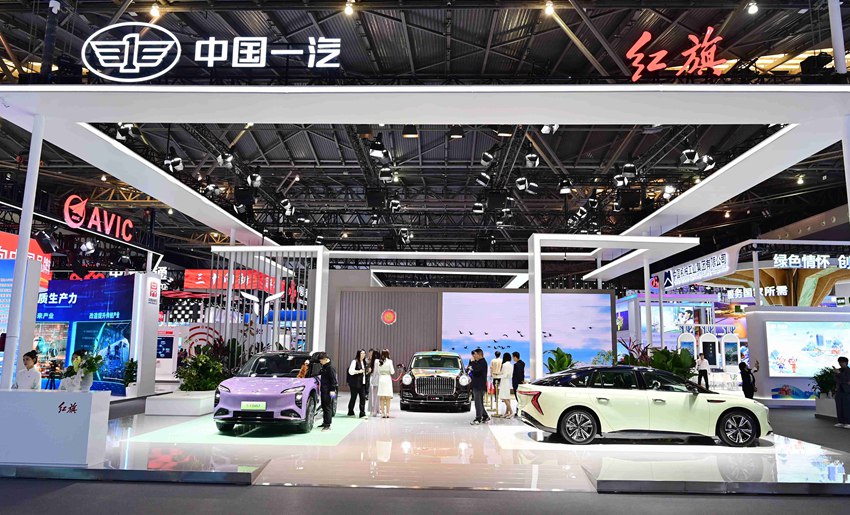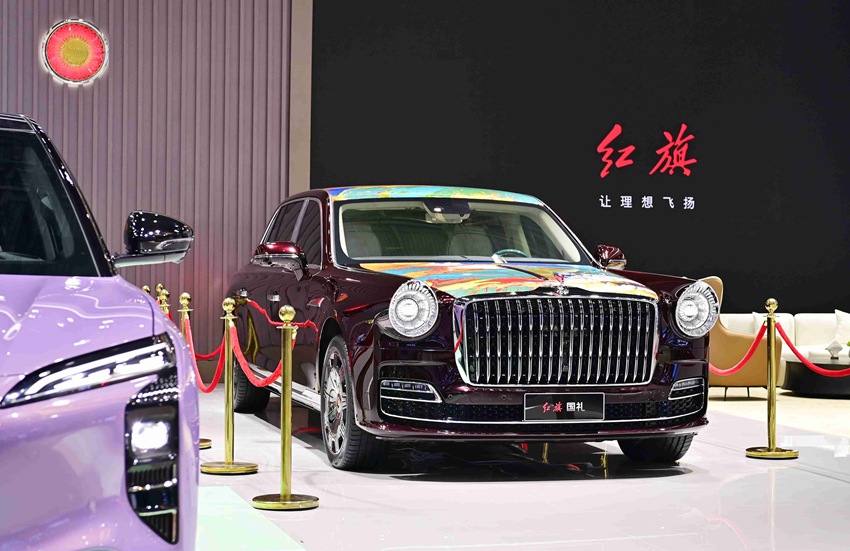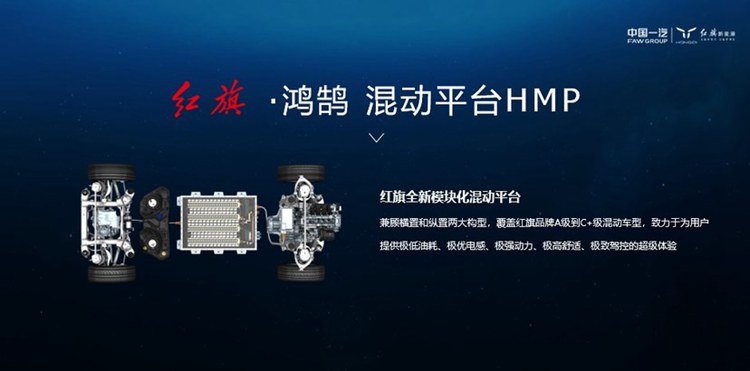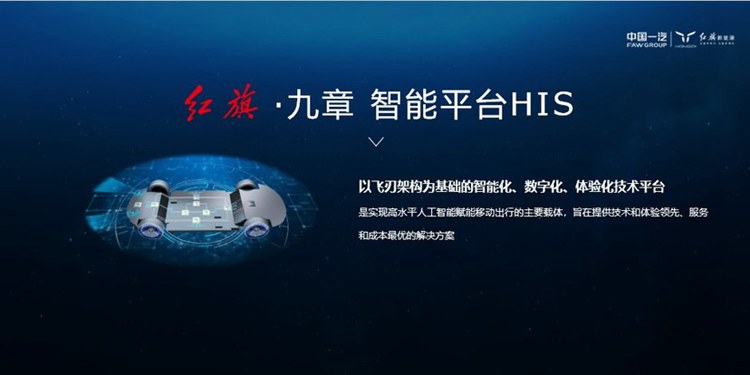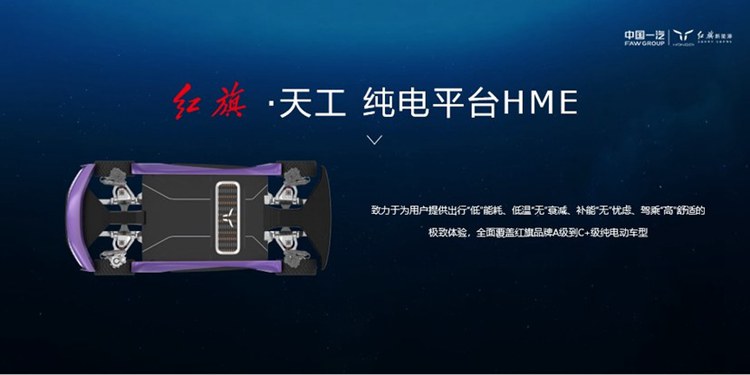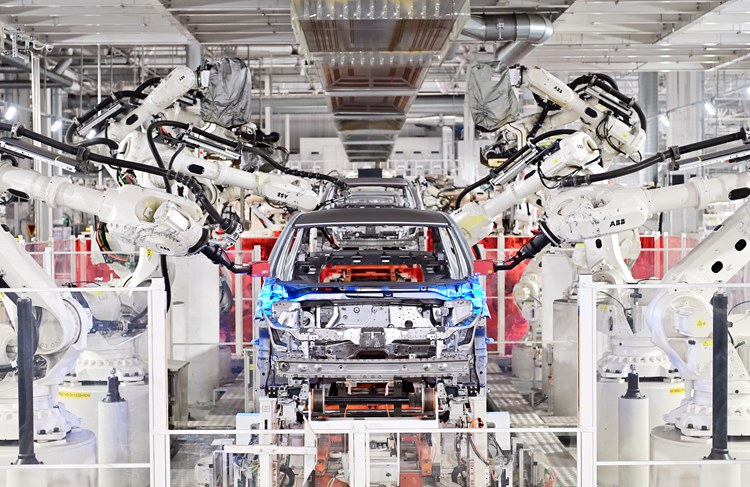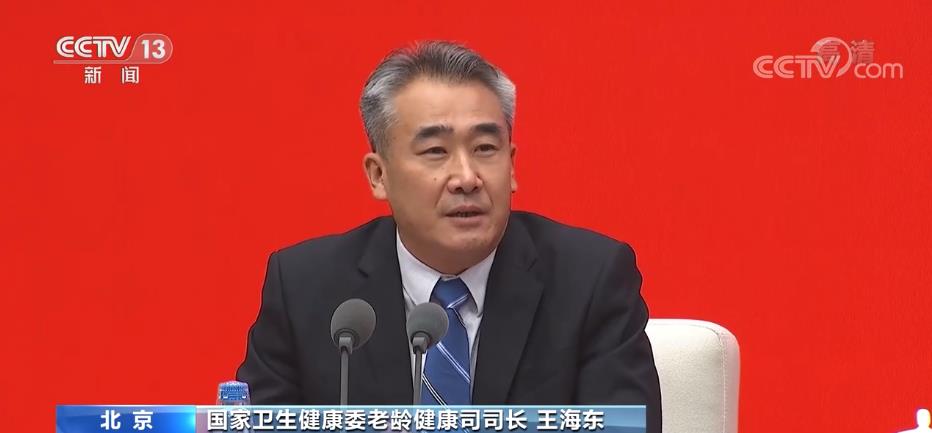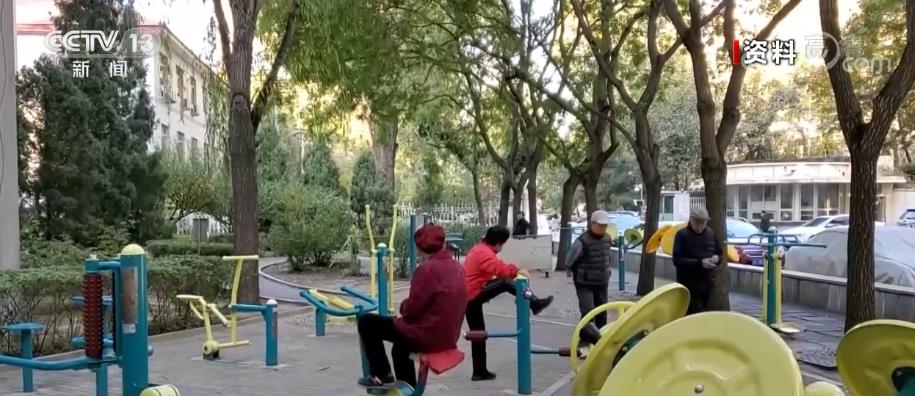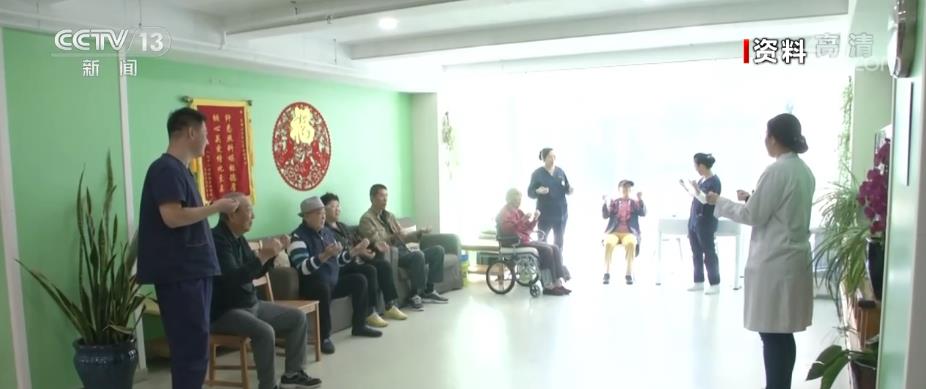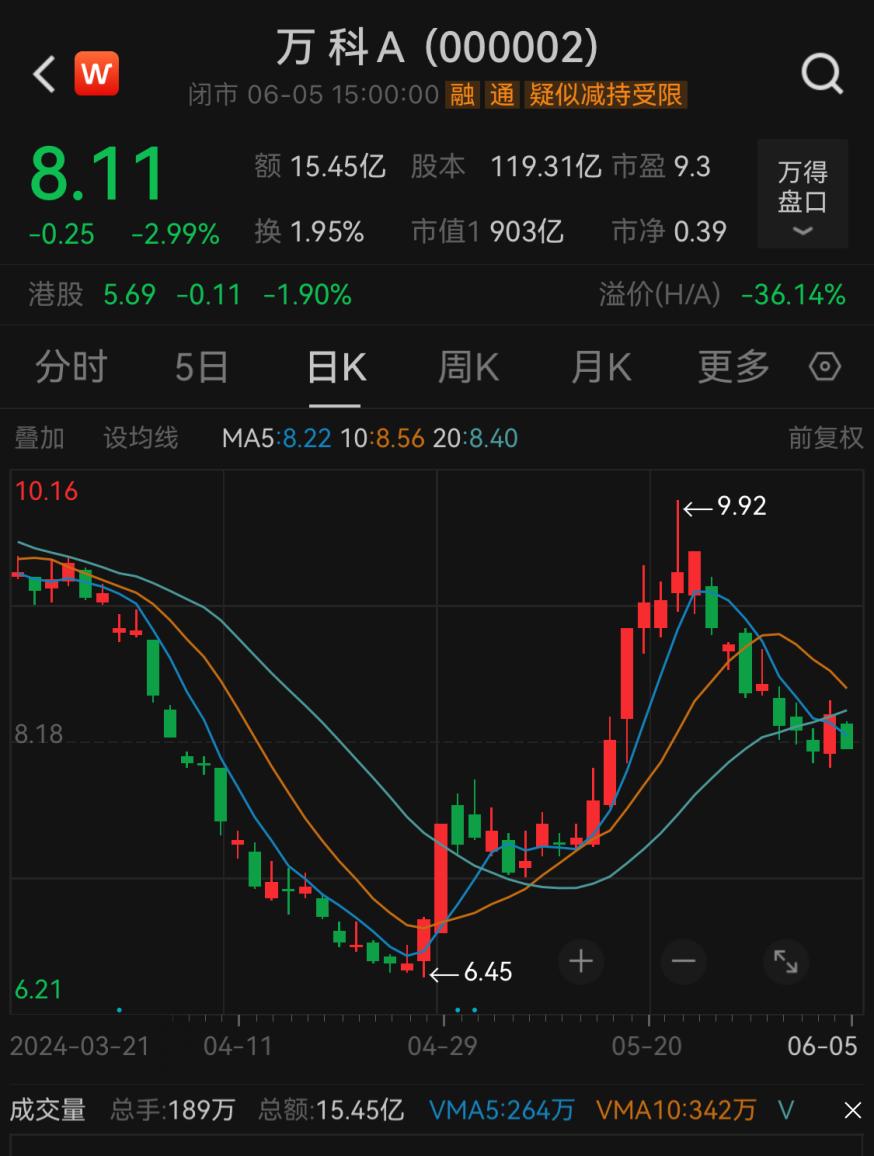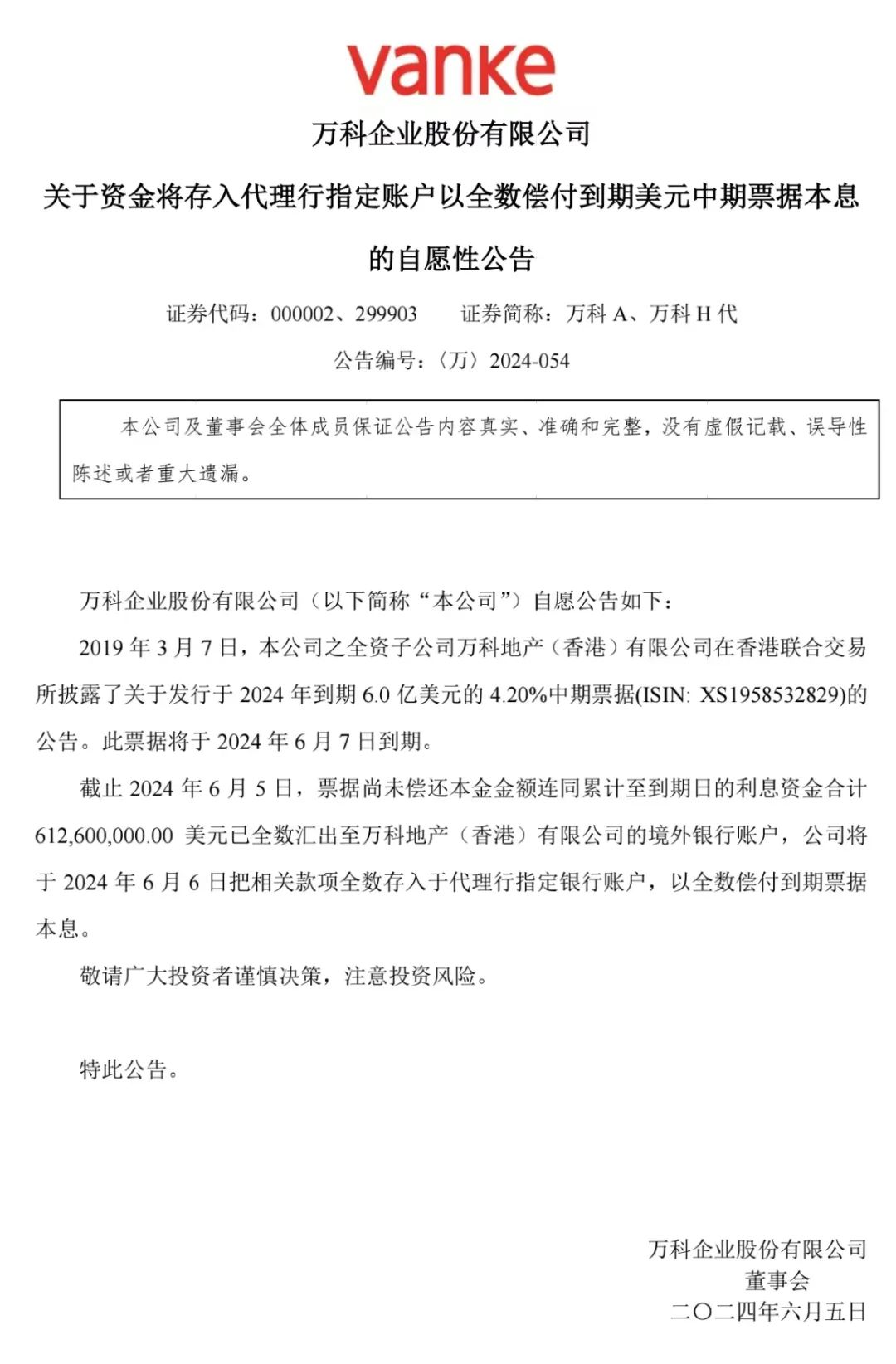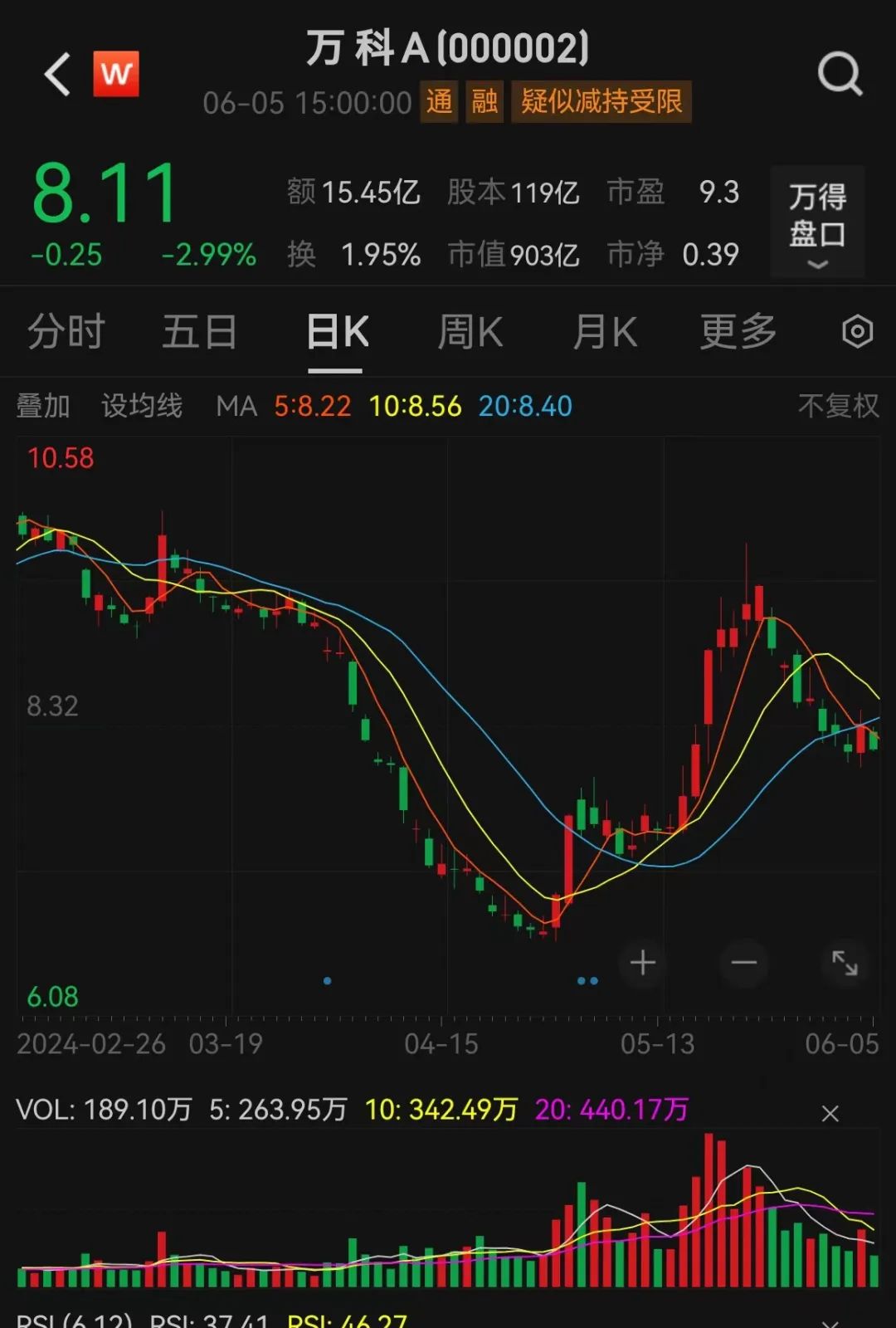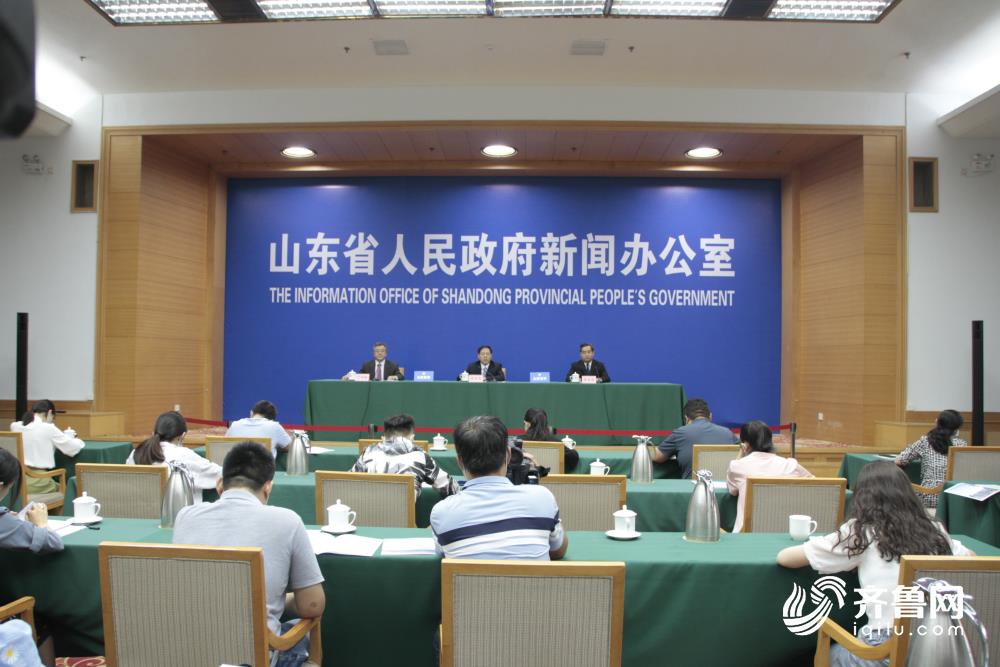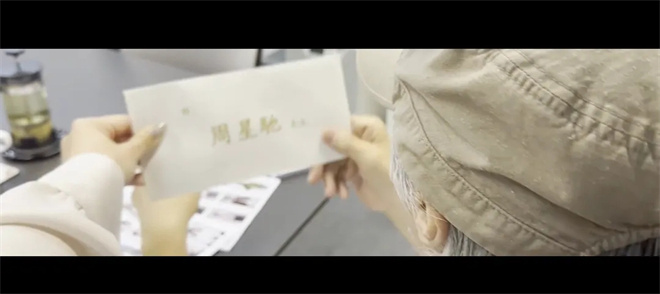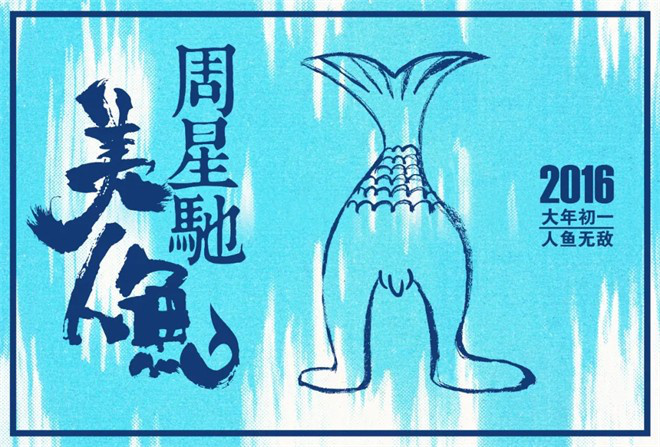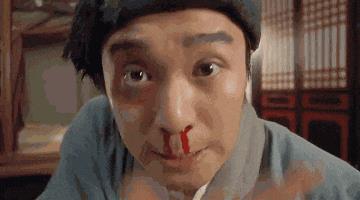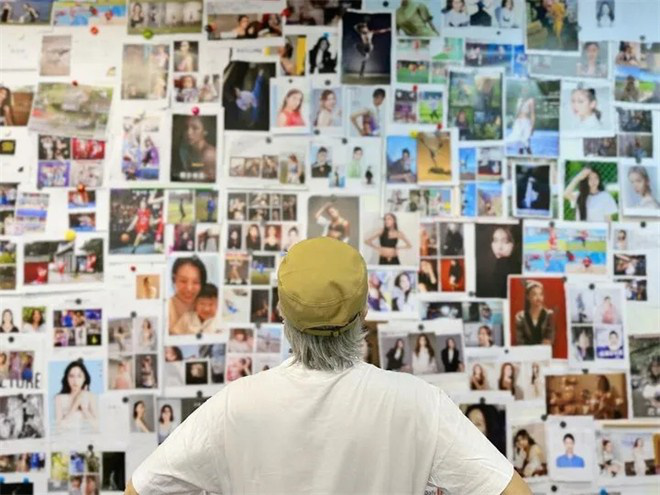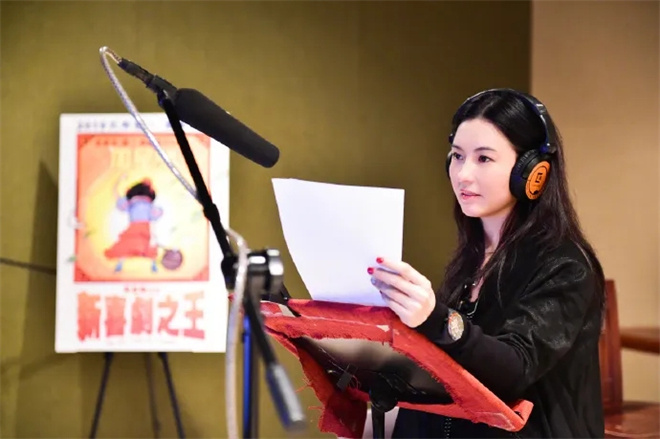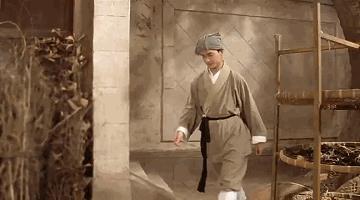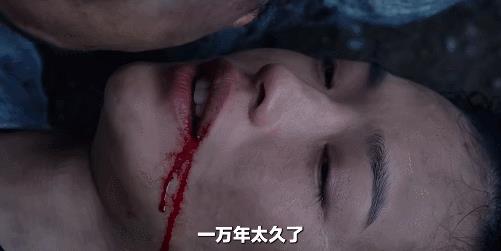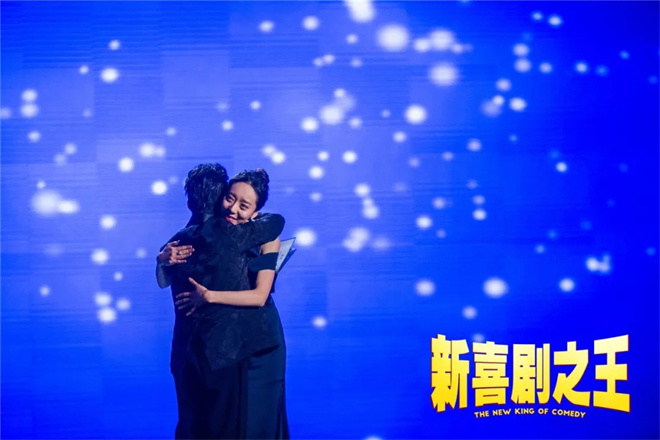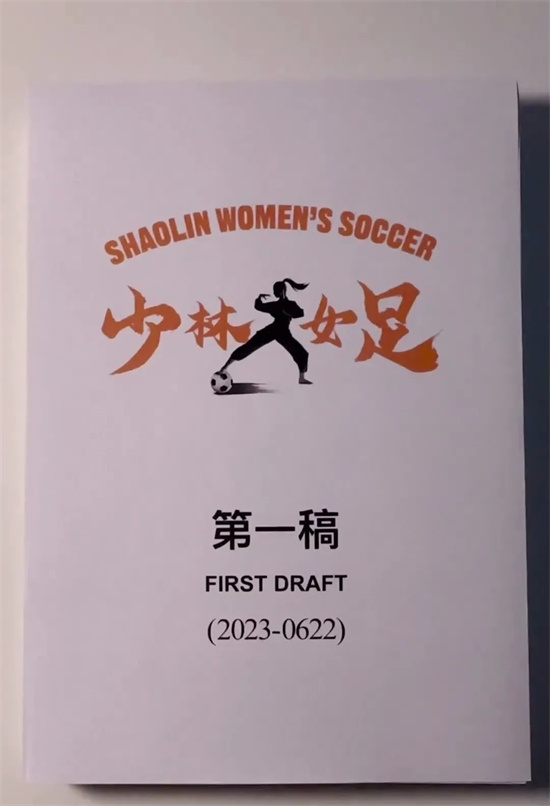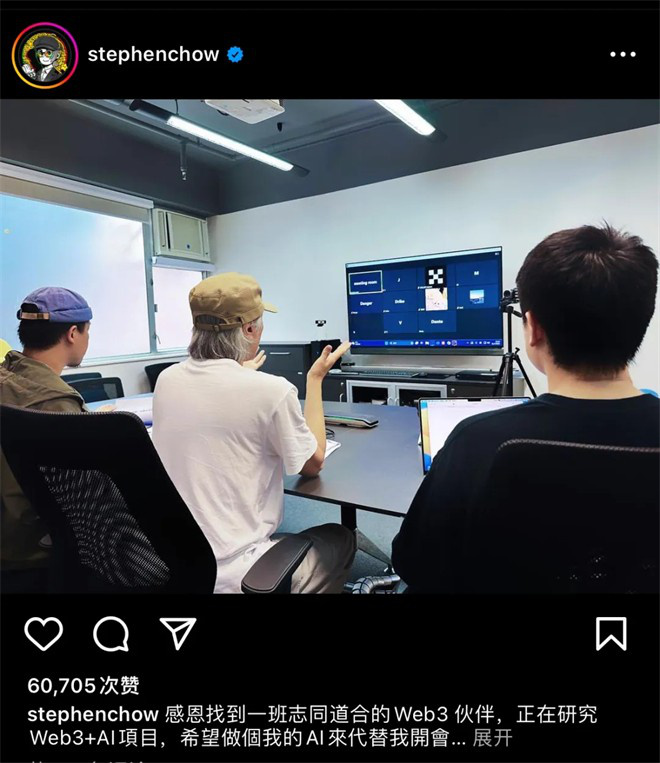The official WeChat of the Ministry of Industry and Information Technology, Gongxin Weibo, today (March 22) released the Provisions on the Scope of Necessary Personal Information for Common Mobile Internet Applications jointly formulated by the State Internet Information Office, the Ministry of Industry and Information Technology, the Ministry of Public Security and the State Administration of Markets.
The "Regulations" clarify thatMobile Internet application (APP) operators shall not refuse users to use the basic functions of the APP because they do not agree to collect unnecessary personal information.It also clarified the necessary personal information scope of 39 common types of apps, which will be implemented from May 1 this year.
39 common types of appsScope of necessary personal information
(1) Map navigation category, the basic function service is "positioning and navigation", and the necessary personal information is: location information, departure place and arrival place.
(2) Network car class, the basic function services are "online taxi booking service and cruise taxi calling service", and the necessary personal information includes:
1. Register the user’s mobile phone number;
2. The passenger’s departure place, arrival place, location information and whereabouts;
3. Payment information such as payment time, payment amount and payment channel (online booking taxi service).
(3) Instant messaging, the basic function service is "providing text, pictures, voice, video and other online instant messaging services", and the necessary personal information includes:
1. Register the user’s mobile phone number;
2. Account information: account number and account number list of instant messaging contacts.
(4) Network community category, the basic function service is "blog, forum, community and other topic discussion, information sharing and attention interaction", and the necessary personal information is: registered user’s mobile phone number.
(5) Online payment category, the basic function service is "online payment, cash withdrawal, transfer and other functions", and the necessary personal information includes:
1. Register the user’s mobile phone number;
2 registered user name, certificate type and number, certificate validity period, bank card number.
(6) Online shopping, the basic function service is "purchasing goods", and the necessary personal information includes:
1. Register the user’s mobile phone number;
2. The consignee’s name, address and telephone number;
3. Payment information such as payment time, payment amount and payment channel.
(7) Food and beverage take-out category, the basic function service is "food and beverage purchase and delivery", and the necessary personal information includes:
1. Register the user’s mobile phone number;
2. The consignee’s name, address and telephone number;
3. Payment information such as payment time, payment amount and payment channel.
(eight) mail delivery category., the basic function service is "mail, parcel, printed matter and other articles delivery service", and the necessary personal information includes:
1. Identity information such as the sender’s name, certificate type and number;
2. The sender’s address and telephone number;
3. The recipient’s name, address and telephone number;
4. Name, nature and quantity of the delivered articles.
(9) Traffic ticketing, the basic function service is "transportation-related ticketing service and itinerary management (such as ticket purchase, change, refund, itinerary management, etc.)", and the necessary personal information includes:
1. Register the user’s mobile phone number;
2 passenger’s name, certificate type and number, and passenger type. Passenger types usually include children, adults, students, etc.
3. Departure, destination, departure time, train number/boat number, seat/cabin class, seat number (if any), license plate number and license plate color (ETC service);
4. Payment information such as payment time, payment amount and payment channel.
(10) Marriage and blind date category, the basic function service is "marriage and blind date", and the necessary personal information includes:
1. Register the user’s mobile phone number;
2. The gender, age and marital status of the blind date.
(eleven) job recruitment category, the basic function service is "job hunting and recruitment information exchange", and the necessary personal information includes:
1. Register the user’s mobile phone number;
2. Resume provided by the job seeker.
(12) peer-to-peer lending class, the basic function service is "personal loan application service for consumption, daily production and operation turnover, etc.", and the necessary personal information includes:
1. Register the user’s mobile phone number;
2. The borrower’s name, certificate type and number, certificate validity period and bank card number.
(thirteen) housing rental category, the basic function service is "personal housing information release, house rental or sale", and the necessary personal information includes:
1. Register the user’s mobile phone number;
2. Basic information of housing: address, area/apartment type, expected selling price or rent.
(14) Used car transactions, the basic function service is "second-hand car trading information exchange", and the necessary personal information includes:
1. Register the user’s mobile phone number;
2. Name, certificate type and number of the buyer;
3. Name of the seller, certificate type and number, vehicle driving license number and vehicle identification number.
(15) Registration of consultation, the basic function service is "online consultation and consultation, appointment and registration", and the necessary personal information includes:
1. Register the user’s mobile phone number;
2. When registering, you need to provide the patient’s name, certificate type and number, and the hospital and department where the registration is scheduled;
3. You need to provide a description of your illness when you ask.
(16) Tourism services, the basic function service is "publishing and ordering information of tourism service products", and the necessary personal information includes:
1. Register the user’s mobile phone number;
2. Travel destination and travel time of the traveler;
3 traveler’s name, certificate type and number, contact information.
(17) Hotel services, the basic function service is "hotel reservation", and the necessary personal information includes:
1. Register the user’s mobile phone number;
2. Name and contact information of the lodger, check-in and check-out time, and name of the hotel.
(18) Online games, the basic function service is "providing online game products and services", and the necessary personal information is: the mobile phone number of registered users.
(nineteen) learning and education, the basic function service is "online tutoring, online classroom, etc.", and the necessary personal information is: the mobile phone number of registered users.
(20) Local life category, the basic function service is "daily life service such as domestic maintenance, home decoration, second-hand idle goods transaction", and the necessary personal information is: registered user’s mobile phone number.
(21) Women’s health categoryThe basic functional services are "women’s menstrual management, pregnancy and parenting, beauty and body care and other health management services", and you can use the basic functional services without personal information.
(twenty-two) car service, the basic function service is "bike-sharing, car sharing, car rental and other services", and the necessary personal information includes:
1. Register the user’s mobile phone number;
2. Use the certificate type and number of the service user of shared car and rental car, and the driving certificate information;
3. Payment information such as payment time, payment amount and payment channel;
4. Use the location information of bike-sharing and time-sharing car rental service users.
(XXIII) Investment and wealth management, the basic function service is "stock, futures, funds, bonds and other related investment and financial services", and the necessary personal information includes:
1. Register the user’s mobile phone number;
2. Name, certificate type and number, validity period and photocopy of the investment and wealth management user;
3. Investment and wealth management user’s fund account, bank card number or payment account number.
(24) Mobile banking, the basic function service is "bank account management, information inquiry, transfer and remittance services through mobile intelligent terminal devices such as mobile phones", and the necessary personal information includes:
1. Register the user’s mobile phone number;
2. User’s name, certificate type and number, certificate validity period, photocopy of certificate, bank card number and mobile phone number reserved by the bank;
3. The payee’s name, bank card number and bank information shall be provided for transfer.
(twenty-five) mailbox cloud disk class, the basic function service is "e-mail, cloud disk, etc.", and the necessary personal information is: registered user’s mobile phone number.
(26) teleconferencing, the basic function service is "providing audio or video conference through the network", and the necessary personal information is: the mobile phone number of registered users.
(27) Webcasts, the basic function service is "to provide the public with real-time information browsing services in the form of video, audio, graphics and text", and you can use the basic function service without personal information.
(twenty-eight) online audio-visual category, the basic function service is "film and television, music search and play", and you can use the basic function service without personal information.
(twenty-nine) short video class, the basic function service is "video search and play within a certain time", and you can use the basic function service without personal information.
(30) news and information, the basic function service is "news information browsing and searching", and you can use the basic function service without personal information.
(31) Sports and fitnessThe basic function service is "exercise and fitness training", and you can use the basic function service without personal information.
(32) Browser class, the basic function service is "browsing Internet information resources", and you can use the basic function service without personal information.
(33) Input methods, the basic function service is "input of words, symbols, etc.", and you can use the basic function service without personal information.
(34) Safety management category, the basic function services are "killing viruses, cleaning up malicious plug-ins, fixing vulnerabilities, etc.", and you can use the basic function services without personal information.
(35) Electronic books, the basic function service is "e-book search and reading", and you can use the basic function service without personal information.
(36) Shooting beautification., the basic function service is "shooting, beauty, filter, etc.", and you can use the basic function service without personal information.
(37) Application stores, the basic function service is "APP search and download", and you can use the basic function service without personal information.
(38) Practical tools, the basic function services are "calendar, weather, dictionary translation, calculator, remote control, flashlight, compass, clock alarm, file transfer, file management, wallpaper ringtone, screen capture, recording, document processing, smart home assistant, constellation personality test, etc.", and you can use the basic function services without personal information.
(thirty-nine) performance ticketing category, the basic function service is "performance ticket purchase", and the necessary personal information includes:
1. Register the user’s mobile phone number;
2. Number of performances and seats (if any);
3. Payment information such as payment time, payment amount and payment channel.
